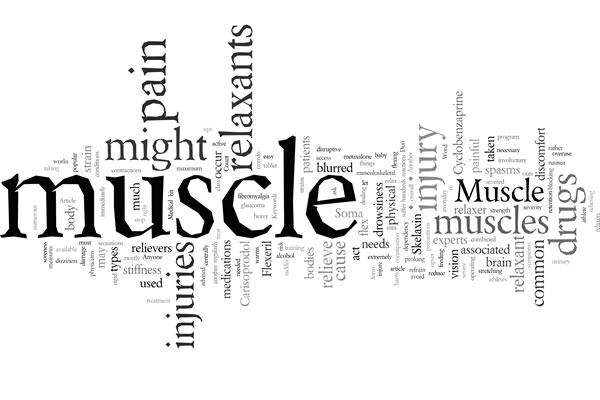What are the signs someone is addicted to muscle relaxers?

For individuals who suffer from muscle spasms and back pain, they can be a godsend, but what are the signs someone is addicted to muscle relaxers?
Like most prescription drugs, muscle relaxers, or muscle relaxants, have a place in a regimen of care for those who suffer back injuries or have illnesses that bring with them debilitating physical pain. Muscle relaxers, according to a 2008 report by ABC News [1], “act at several sites in the body to reduce muscle tone and relax tight, tense muscles. Some of these medicines have direct effects on skeletal muscle fibers, while others influence both nerves and muscles.”
But like other prescription drugs, muscle relaxers pose a risk for abuse and even addiction. According to Consumer Reports [2], experts “recommend against taking Soma (generic name carisoprodol) at all because it poses a high risk of abuse and addiction, and isn’t very effective,” and “the FDA has not approved any skeletal muscle relaxant for long-term use, says Charles E. Argoff, M.D., a professor of neurology at Albany Medical College and director of the Comprehensive Pain Program at the Albany Medical Center. Soma (carisoprodol) in particular is a bad choice because of its abuse and addiction potential, Argoff adds. It’s been linked to a high number of emergency department visits and dozens of deaths and is the only muscle relaxant classified as a controlled substance.”
While other drugs – heroin, for example, or meth – get a great deal more attention when it comes to abuse and addiction, the potential for muscle relaxers to become part of an addict’s cocktail of preferred chemicals, if not the outright drug of choice, can’t be ignored. To determine the signs someone is addicted to muscle relaxers, however, it’s important to understand what they are and how they work.
Muscle Relaxers: The 411
 The first recorded evidence of the chemical that would lead to the development of muscle relaxers dates back to the Amazon region of South America – specifically, curare, a plant extract native to Central and South America used by indigenous tribes for poisoned arrows. Despite their Hollywood glamorization, arrows dipped in curare were used “for centuries by South American Indians to hunt game, and its evolution into the designer drugs of today began when tales of the mysterious ‘flying death’ were brought home to the Old World by Spanish conquistadors,” according to a 2002 article in the Journal of the Royal Society of Medicine [3].
The first recorded evidence of the chemical that would lead to the development of muscle relaxers dates back to the Amazon region of South America – specifically, curare, a plant extract native to Central and South America used by indigenous tribes for poisoned arrows. Despite their Hollywood glamorization, arrows dipped in curare were used “for centuries by South American Indians to hunt game, and its evolution into the designer drugs of today began when tales of the mysterious ‘flying death’ were brought home to the Old World by Spanish conquistadors,” according to a 2002 article in the Journal of the Royal Society of Medicine [3].
According to the article, “Edward Bancroft, a physician, spent five years in South America and brought back samples of crude curare. Using these samples, Sir Benjamin Brodie demonstrated that small animals could be kept alive after being injected with curare by inflating their lungs with bellows.” Thanks to an individual named Harold King, “the active substance (called d-tubocurarine) was isolated in 1935,” according to Tidsskr Nor Laegeforen, writing for the Journal of the Norwegian Medical Association [4] in 2010. “This type of drug paralyzes striated muscles that are under voluntary control by interfering with the normal signalling system between nerve and muscle.”
Scientists with the pharmaceutical company E.R. Squibb and Sons did additional research on d-tubocurarine, leading to the development of one of the first muscle relaxers, Intocostrin [3]. Over the next several years, other medical professionals experimented with its use in combination with anesthesia, and in 1942 at the Homeopathic Hospital in Montreal, curare was used in conjunction with the discontinued anesthetic gas cyclopropane for the first time. By the end of World War II, “the introduction of neuromuscular blocking drugs revolutionized the practice of anesthesia. Before the advent of muscle relaxants, anesthesia was induced and maintained by intravenous or inhalation agents. Tracheal intubation was uncommon, and muscle relaxation if needed was secured by deep inhalation anesthesia with its attendant risks of respiratory or cardiac depression. After the introduction of muscle relaxants, anesthesia underwent a conceptual change. Anesthesia was redefined as a triad of narcosis, analgesia and muscle relaxation, specific drugs being used to produce each of these effects.”
Outside of the operating room, pharmaceutical company scientists began to examine the properties of curare compounds and synthetics for use in other areas of medicine, and by 1959, carisoprodol – Soma – was first introduced [5], followed by metaxalone (Skelaxin) in 1962. The popularity of those drugs has grown steadily in the years since, leading researchers in 2004, writing for the Spine Journal [6], to declare that “although typically recommended for short-term treatment of back pain, muscle relaxants are often used chronically and are prescribed to subpopulations potentially at risk for adverse effects.”
Signs Someone Is Addicted to Muscle Relaxers: How Do They Work?
 To understand how muscle relaxers affect the brain, and in turn, what the signs someone is addicted to muscle relaxers might be, it’s important to understand what they are. Prescription muscle relaxers are antispasmodics and anti-spastics – meaning they’re prescribed to relieve the muscle spasms associated with a variety of physical conditions and ailments, including “multiple sclerosis, cerebral palsy, sprains, strains, fibrositis, rheumatoid spondylitis, bursitis, the urethral syndrome, and arthritis,” according to a 2017 article in the seventh edition of Pharmacology and Therapeutics for Dentistry [7].
To understand how muscle relaxers affect the brain, and in turn, what the signs someone is addicted to muscle relaxers might be, it’s important to understand what they are. Prescription muscle relaxers are antispasmodics and anti-spastics – meaning they’re prescribed to relieve the muscle spasms associated with a variety of physical conditions and ailments, including “multiple sclerosis, cerebral palsy, sprains, strains, fibrositis, rheumatoid spondylitis, bursitis, the urethral syndrome, and arthritis,” according to a 2017 article in the seventh edition of Pharmacology and Therapeutics for Dentistry [7].
The good folks over at WebMD [8] put it in plainer terms: “Having a muscle spasm means that one or more of your muscles is contracting and the twitching or cramping is out of your control. It can happen for a lot of different reasons, and can sometimes be very painful.” However, the discomfort caused by such spasms can’t be treated in a conventional sense, because the pain stems from “dysfunctional output patterns from the motor areas of the (central nervous system) to skeletal muscle,” according to that Pharmacology and Therapeutics for Dentistry chapter. “Centrally acting muscle relaxants, which overlap pharmacologically with antianxiety drugs, represent a diverse group of drugs whose pharmacologic effects include diminished output of nerve impulses to voluntary muscle.”
Those muscles are controlled by nerves in the spinal cord, which uses dendrites – motor fibers – to deliver “instructions” that change the state of fibers in the muscle. The neuromuscular junction is where the nerve and muscle connect, and at that junction, neurotransmitters carry the messages from dendrites to the muscle tissue. According to the website Healthline [9], “The main cause of spasticity is damage to the nerve pathways that control muscle movement.”
And that’s where muscle relaxers come in, although their mechanism of action is still somewhat of a mystery, according to the Science and Philosophy website of the search engine JRank [10]: “Muscle relaxants may act either peripherally, that is directly on the muscle, or centrally, in the spinal cord. Most such drugs act centrally, though how they perform their task is not understood. These drugs do not act directly on the muscle to relax it, they do not interfere with conduction along the nerve fiber, they do not stop the neurotransmitter from being released or crossing the nerve-muscle junction, and they do not alter the ability of the muscle to respond to the neurotransmitter. Somehow they act centrally to depress the central nervous system and may have a sedative effect.”
In general terms: Muscle relaxers work to both inhibit the transmission of spasmodic messages across the neuromuscular junction, and they can also serve to reduce the level of excitement in muscle cells. Either way, they bring relief for a number of different physical ailments, but the side effects are unavoidable – and in the cases of individuals who show signs someone is addicted to muscle relaxers, they can become more desirable than the relief they provide.
If You Or A Loved One Is Struggling With Addiction And Would Like To Know More About Treatment Options Click Below
Addiction Treatment OptionsTypes of Muscle Relaxers
 According to the consumer health website GoodRx.com [11], there are several types of muscle relaxers:
According to the consumer health website GoodRx.com [11], there are several types of muscle relaxers:
- Methocarbamol, sold under the brand name Robaxin: Usually prescribed to treat back pain, it’s considered less sedating than other options.
- Cyclobenzaprine, sold under the brand name Flexeril: Its sedative properties limit its use during the day.
- Carisoprodol, sold under the brand name Soma: “A Schedule IV drug (similar to benzodiazepines Ativan, Valium, and Xanax) and has the potential for being abused.” Can cause drowsiness and dizziness and isn’t recommended for long-term use or by those with a history of addiction.
- Metaxalone, sold under the brand name Skelaxin: “Fewest reported side effects and lowest sedation potential of the muscle relaxants based on clinical studies.”
- Tizanidine, sold under the brand name Zanaflex: “Often used for spasticity in patients with multiple sclerosis or cerebral palsy.”
- Baclofen, sold under the brand name Gablofen or Lioresal: “primarily used for spasticity in spinal cord injury patients or those with multiple sclerosis.”
- Orphenadrine, sold under the brand name Norflex: “helps to relieve pain and stiffness in muscles and can treat muscle spasms.”
Although the American Pain Society and the American College of Physicians recommended in 2007 that muscle relaxers be used as a secondary treatment for lower back pain – which, they indicated, should initially be treated with acetaminophen or nonsteroidal anti-inflammatory drugs – “35% of patients are prescribed muscle relaxants for nonspecific low back pain, and 18.5% receive initial muscle relaxant therapy,” according to a 2014 article in the journal Pharmacy and Therapeutics [12]
While patients reported those drugs provided relief, there is a danger of overuse, the article continues: “In 2011, an estimated 53,000 (emergency department) visits were caused by muscle relaxant misuse or abuse, and 18% of these cases involved concomitant alcohol consumption. (Soma) was the most common skeletal muscle relaxant misused, with 25,528 cases, followed by (Flexeril) with 11,551 cases, contributing 2.1% and 0.9%, respectively, of all visits involving nonmedical use of pharmaceuticals. When investigating rates of suicide attempts, muscle relaxants were the primary agent in 4.8% of cases.”
How are muscle relaxers addictive? The science is still unclear, save for Soma, which metabolizes the drug meprobamate in the brain. Meprobamate is a tranquilizer with “hypnotic, anti-anxiety, sedative, anticonvulsant and some indirect muscle relaxant properties” [13] that at one time was sold as a safer drug than barbiturates before benzodiazepines were marketed as a better alternative. The meprobamate metabolites of Soma attach to GABA receptors in the brain and mimic the effects of GABA – gamma aminobutyric acid, a naturally occurring neurotransmitter that produces a calming effect.
In other words, Soma – and other muscle relaxers, to some extent – have sedative effects in addition to giving relief from muscle spasms, and this sensation is what those who a tendency toward addiction seek when they abuse muscle relaxers.
So What ARE the Signs Someone Is Addicted to Muscle Relaxers?
 According to the Medical News Bulletin [14], “Muscle relaxants can be addictive and a person who is addicted to muscle relaxers can have serious withdrawal symptoms like hallucinations and seizures. Muscle relaxers cause sedation and confusion and shouldn’t be mixed with alcohol or other drugs.” Sound advice, obviously, but what exactly are the signs someone is addicted to muscle relaxers?
According to the Medical News Bulletin [14], “Muscle relaxants can be addictive and a person who is addicted to muscle relaxers can have serious withdrawal symptoms like hallucinations and seizures. Muscle relaxers cause sedation and confusion and shouldn’t be mixed with alcohol or other drugs.” Sound advice, obviously, but what exactly are the signs someone is addicted to muscle relaxers?
There are, of course, obvious side effects that indicate habitual use [15]: tiredness, drowsiness or constant sedation; fatigue or weakness; dizziness; dry mouth; depression; and decreased blood pressure. In addition, recreational use of muscle relaxers is a sign of a problem: “Cyclobenzaprine may enhance the effects of other central nervous system depressants, such as alcohol, barbiturates, benzodiazepines and narcotics,” according to a 2017 article on the website Live Science [16]. “According to the (Drug Enforcement Agency), abusers often combine cyclobenzaprine with these depressants to produce or enhance psychoactive effects. Though it is not a controlled substance, the DEA has recorded anecdotal reports of use to induce euphoria and relaxation.”
Because muscle relaxers work to calm, or depress, the central nervous system, it’s particularly important to avoid mixing them with alcohol, another depressant that acts on the central nervous system. Combining alcohol and muscle relaxers can exacerbate the side effects of both, as well as increase the risk of seizures, blackout, respiratory distress and overdose. Individuals who combine drugs and alcohol are definitely on the list of individuals who show signs someone is addicted to muscle relaxers.
Other signs someone is addicted to muscle relaxers:
- They take their medication longer than its needed or prescribed;
- They fake back injuries or back pain to obtain prescriptions under false pretenses;
- They go through a prescription quickly and come up with excuses for an early refill;
- They spend an inordinate amount of time thinking about muscle relaxers or plotting how to maintain their supply;
- They’re unable to stop using muscle relaxers, even when a problem is pointed out to them; and/or
- They ask for help.
Granted, those who show signs someone is addicted to muscle relaxers are usually the last ones to admit they have a problem. They may be aware that they’re abusing these drugs, and they may have secret concerns about an addiction that they’ve never voiced aloud, but actually facing the scope of their problem is a terrifying concept.
That’s where you, as a concerned friend or loved one, can be prepared. By understanding the signs someone is addicted to muscle relaxers, you’re better equipped to help them find drug and alcohol treatment options when they’re ready to seek help.
SOURCES
[1]: https://abcnews.go.com/Health/TreatingPain/story?id=4047617
[2]: https://www.consumerreports.org/brands/is-it-safe-to-take-muscle-relaxants-every-day-/
[3]: https://www.ncbi.nlm.nih.gov/pmc/articles/PMC1279945/
[4]: https://www.ncbi.nlm.nih.gov/pubmed/20220868
[5]: https://www.emedexpert.com/compare/muscle-relaxers.shtml
[6]: https://www.ncbi.nlm.nih.gov/pubmed/15082991
[7]: https://www.sciencedirect.com/topics/medicine-and-dentistry/central-muscle-relaxant
[8]: https://www.webmd.com/back-pain/do-i-need-a-muscle-relaxer
[9]: https://www.healthline.com/health/spasticity#causes
[10]: https://science.jrank.org/pages/4502/Muscle-Relaxants.html
[11]: https://www.goodrx.com/blog/best-muscle-relaxants-over-the-counter-prescription-medications/
[12]: https://www.ncbi.nlm.nih.gov/pmc/articles/PMC4103716/
[13]: https://pubchem.ncbi.nlm.nih.gov/compound/Meprobamate
[14]: https://medicalnewsbulletin.com/10-signs-youre-becoming-dependent-on-your-painkiller-prescription/
[15]: https://www.webmd.com/back-pain/qa/what-are-the-side-effects-of-muscle-relaxants
[16]: https://www.livescience.com/41517-cyclobenzaprine.html





